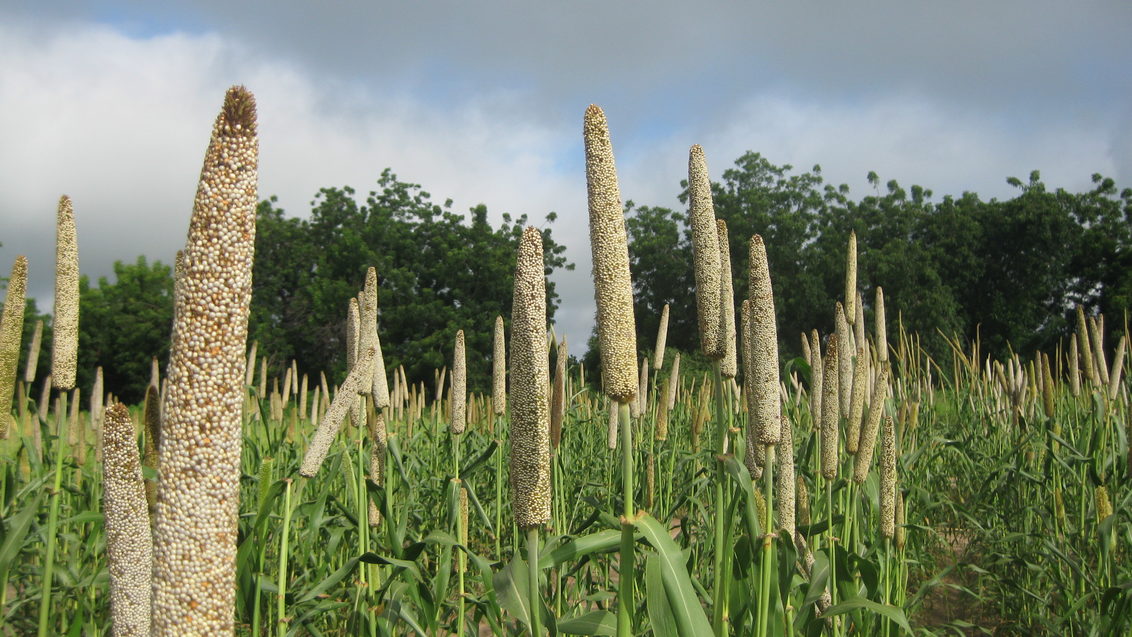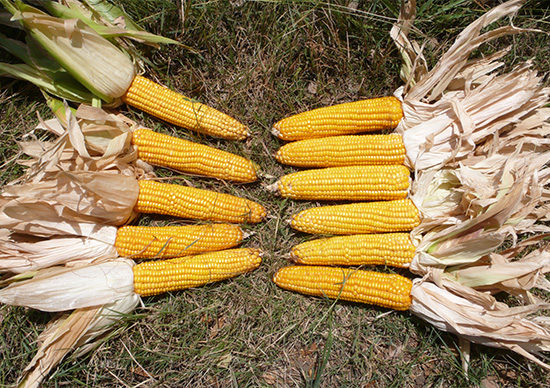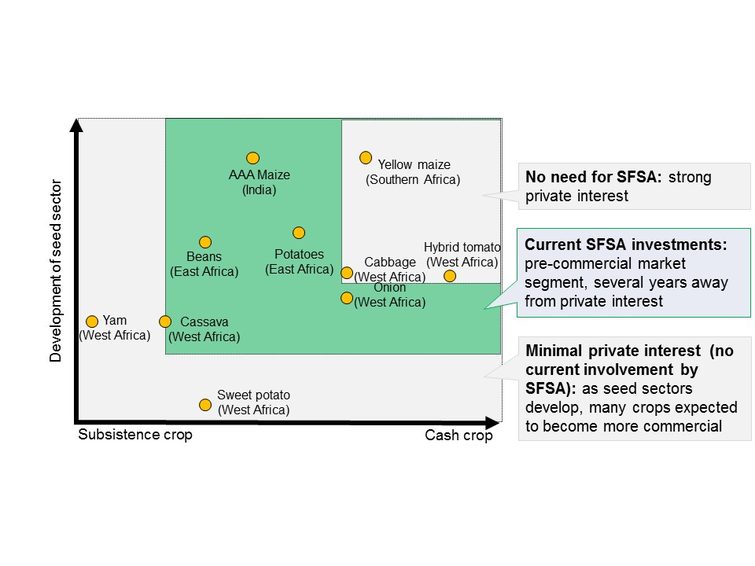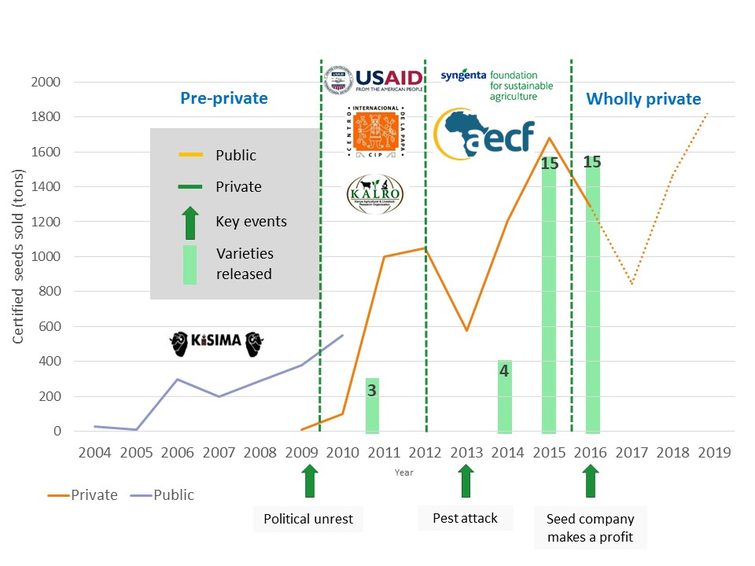
Theory of Change

“…We have the first three varieties registered on the COMESA* variety catalogue. It took some time and energy to go through the procedures but finally we succeeded. Now we know the whole procedure it will be easier next time.”
- Seed company senior representative
*COMESA - Common Market for Eastern and Southern Africa, area of free trade

Kick-starting seed markets to close the yield gap
We work in areas of market or institutional failure, to requests for assistance and encouraging the private sector to invest (more crops and more marginal markets).

Reaching the tipping point at project-level for potato seed sector investment in Kenya (2004-17)
The graph shows the timescale of introduction of new potato varieties into Kenya and the sequence of new agribusiness investments in the potato seed sector. As a ‘first mover’, Kisima Farm fundamentally changed perceptions of the crop’s potential profitability in Kenya. Kisima has sold some US$ 3.5 million in seed; the additional return to farmers purchasing it is estimated at US$ 16 million over 10 years.







